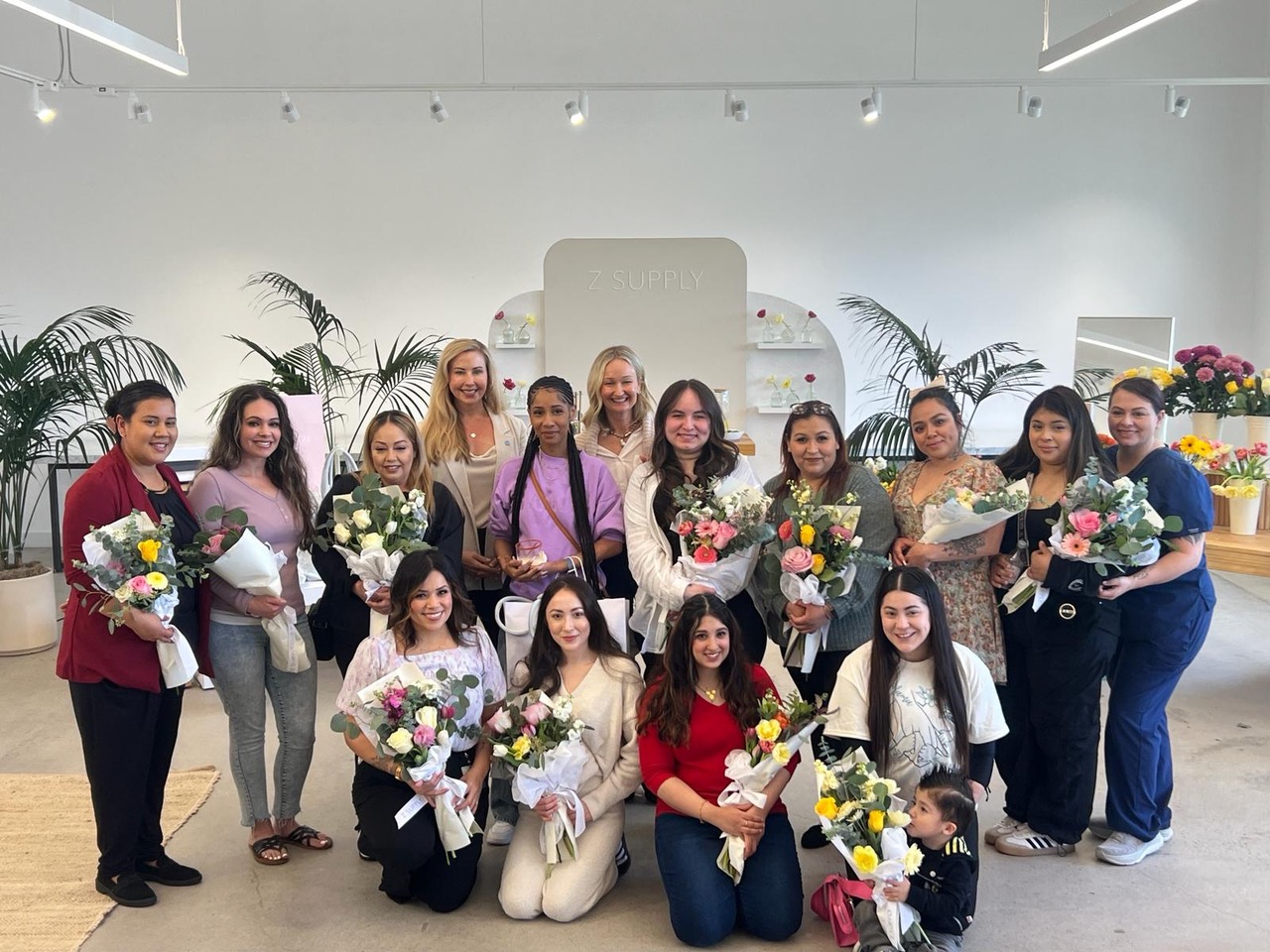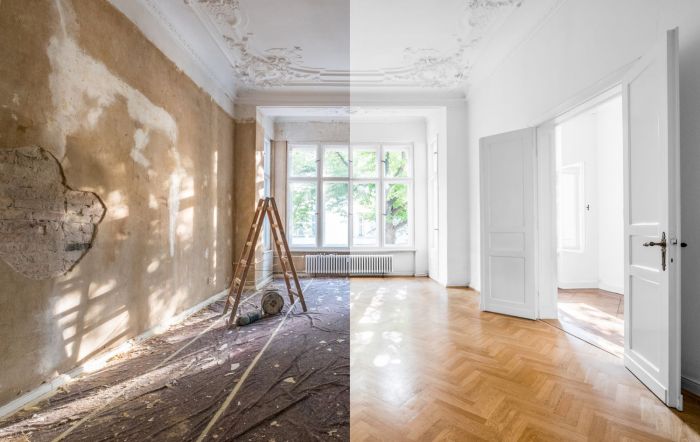The limited psychometric work undertaken in the measurement of personal attitude towards the concept of luxury offers evidence of multi-dimensionality (Dubois and Laurent 1994). Rather than treating dimensions of luxury separately, as it has been characteristic of much of the writing in the field, Vigneron and Johnson (2004) interpreted, combined and expanded a set of luxury factors into a single framework examining a wide range of research either directly or indirectly related to the concept of luxury (e.g., Dubois and Laurent 1994; Leibenstein 1950).
It contributed to the further development of the social psychology of material possessions, linking together existing theories such as models of conspicuous consumption (Bearden and Etzel 1982; Mason 1992) and models of involvement (Horiuchi 1984). But more significantly, the luxury framework included the hedonic and perfectionist effect as additional basic motives, thus supplementing the traditional three-factor structure (i.e.,
snob, Veblenian, and bandwagon motives) inherited from Leibenstein (1950).
In doing so, the model established a balance between personal and interpersonal oriented motives, which tended to dominate past research on brand luxury.
According from Vigneron and Johnson (2004) five key luxury dimensions must be established to create a lasting luxury brand. It is expected that different sets of consumers would have different perceptions of the level of luxury for the same brands, and that the overall luxury level of a brand would integrate these perceptions from different perspectives.
The New Luxury Consumers:-
1. Unique & Exclusive Products: - Consumer wants to indulge & pamper one self irrelevant of the price.
2. Consumers are looking for enriched brand experiences
3. Consumer believes that discounted products offer a luxury lifestyle.
4. Consumers are looking for Green Luxury














